Corneal Disease In Dogs
Corneal disease in dogs. A pet owner spends time with their pet every day feeds it plays and walks with it. Inflammation within the Cornea. This dog eye disease often occurs as a result of trauma.
It is unknown how the trait is passed down though it appears to be linked to sex in the Airedale Terrier. Other causes of corneal ulcers in dogs include keratoconjunctivitis sicca diabetes or Addisons disease. Corneal ulcerative disease CUD has the potential to adversely affect animal welfare by interfering with vision and causing pain.
Disorders of the Cornea in Dogs Inflammation of the Outer Cornea. However while corneal vascularization is a relatively common finding in dogs intracorneal hemorrhage is rare. Some of the symptoms that you may be able to observe include corneal spasms formation of irregular opaque rings around the cornea reduced vision as the opacity begins to diffuse into the eyes swelling of the cornea and formation of purulent blisters in the corneal layer.
Stromal middle layer is the most common type in dogs sometimes called corneal lipidosis. The medical history important steps of the ophthalmic examination and the ophthalmic diagnostic tests. Also known as corneal dystrophy this condition affects the cornea which is the outer layer of the eye.
Intracorneal hemorrhage is a rarely described condition in older dogs seen as a variably sized focal well-demarcated area of free blood within the corneal stroma. Corneal Endothelial Degeneration CED is a degenerative condition in dogs that affects the clarity of the cornea. Corneal dystrophy is a term used to describe several conditions that occur in dogs and cause the corneas to become opaque.
The cornea is the clear window at the front of the eye. Corneal diseases are very common in small animals. Corneal dystrophy is an inherited disease that more often affects certain breeds including the Shetland Sheepdog Siberian Husky Beagle Cocker Spaniel Airedale Terrier and Boston Terrier.
The Diagnosis of Ocular Feline Herpesvirus Infection. Nasisse MP Weigler BJ.
Diffuse edema is more often associated with diseases affecting the endothelium including uveitis glaucoma and corneal endothelial.
The study aimed to investigate for the first time the prevalence breed-based risk factors and clinical management of CUD in the general population of dogs under primary veterinary care in England. This dog eye disease often occurs as a result of trauma. Gelatt KN Lippincott. Third edition ed. Nasisse MP Weigler BJ. Disorders of the Cornea in Dogs Inflammation of the Outer Cornea. This age-related disease can result in blindness and severe ocular pain from secondary complications. Corneal dystrophy is an inherited disease that more often affects certain breeds including the Shetland Sheepdog Siberian Husky Beagle Cocker Spaniel Airedale Terrier and Boston Terrier. Corneal perforation within 12-24 hours if not treated aggressively Causes usually bacterial Pseudomonas aeroginosa Beta-hemolytic streptococcus Fungal uncommon in dog.
Epithelial stromal and endothelial. Corneal perforation within 12-24 hours if not treated aggressively Causes usually bacterial Pseudomonas aeroginosa Beta-hemolytic streptococcus Fungal uncommon in dog. Focal or localized edema is common with corneal ulcers and is most prevalent in and around the area of ulceration. However while corneal vascularization is a relatively common finding in dogs intracorneal hemorrhage is rare. Corneal ulcers can be extremely painful causing lacrimation and photophobia. Also known as corneal dystrophy this condition affects the cornea which is the outer layer of the eye. Third edition ed.
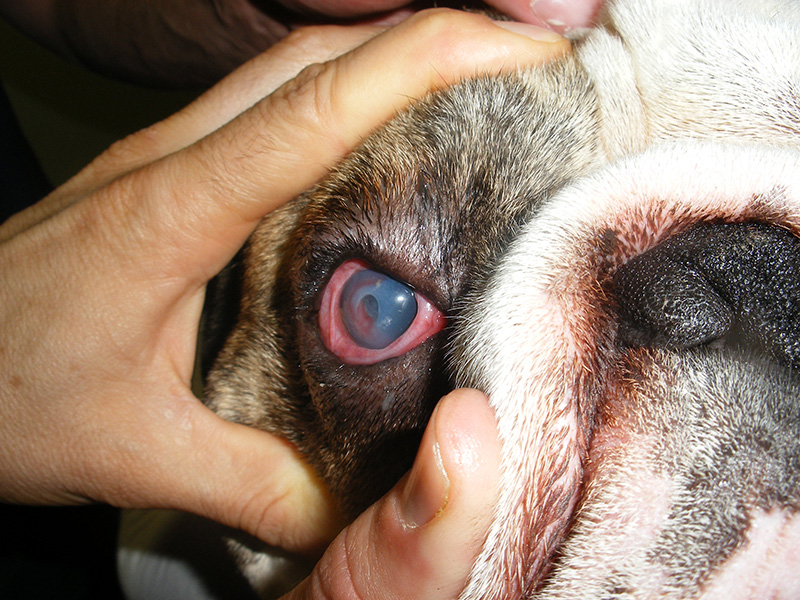


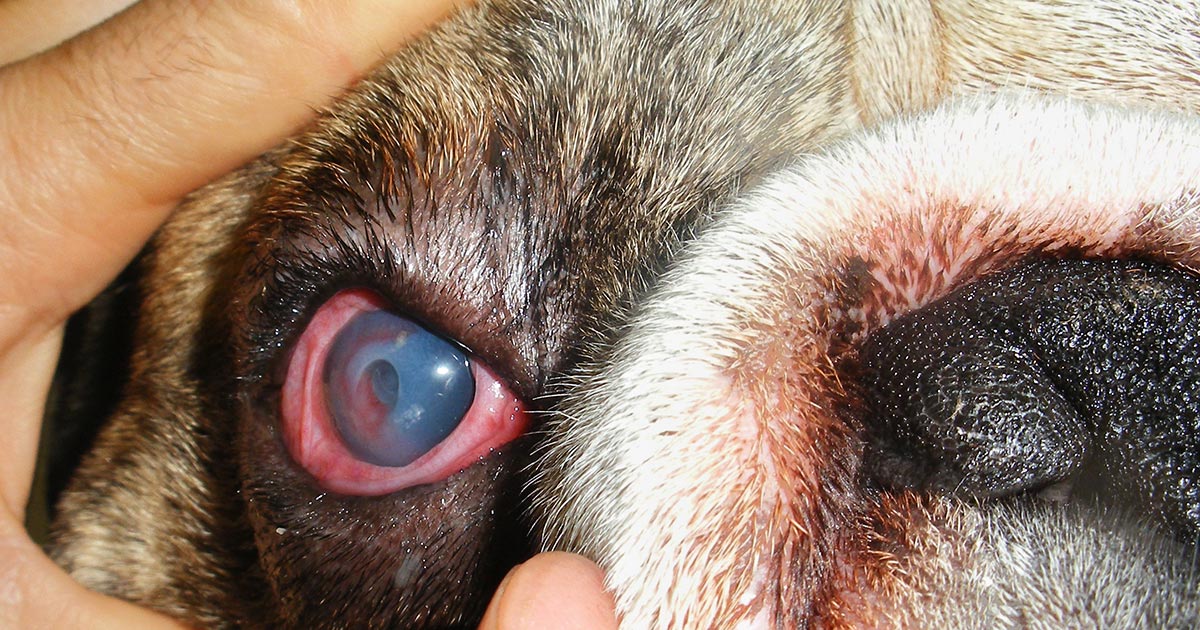

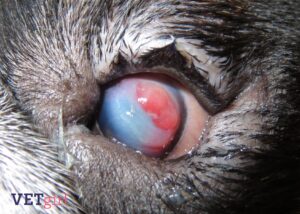
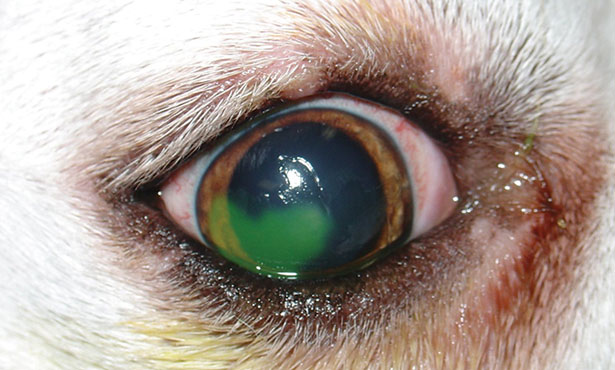
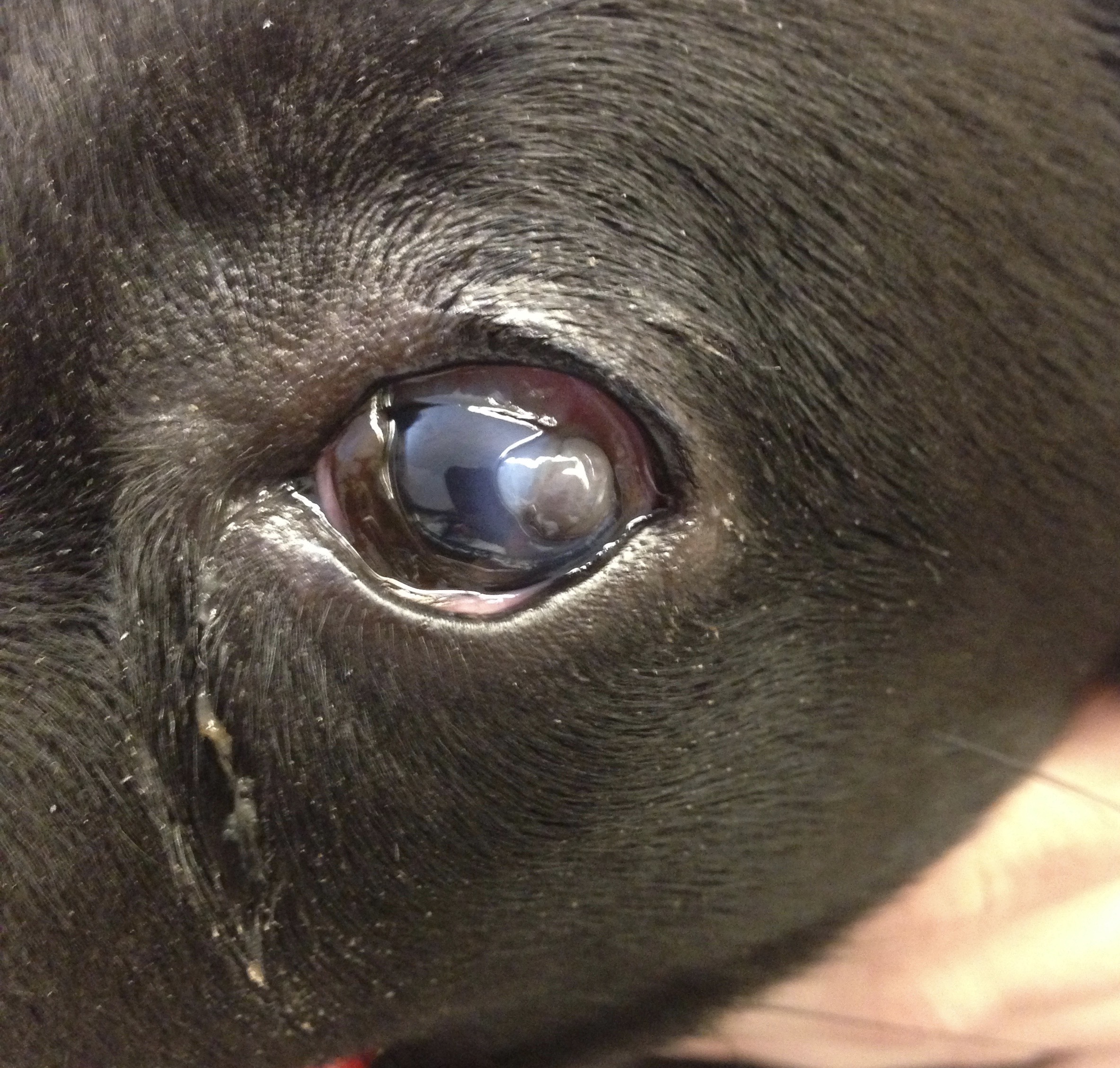

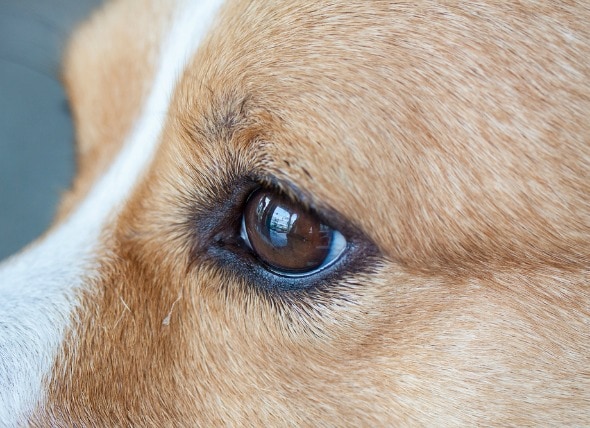
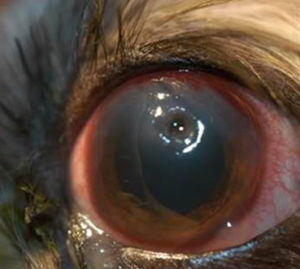
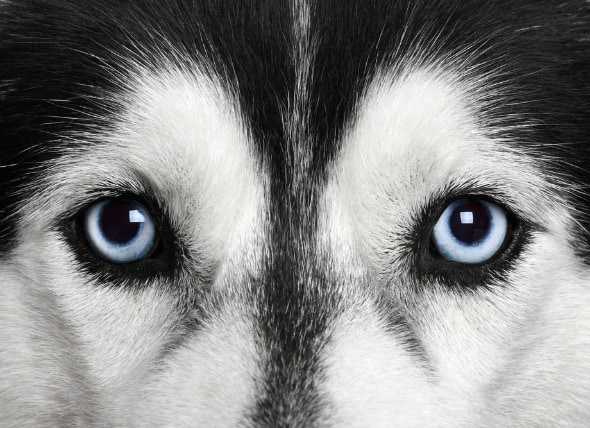


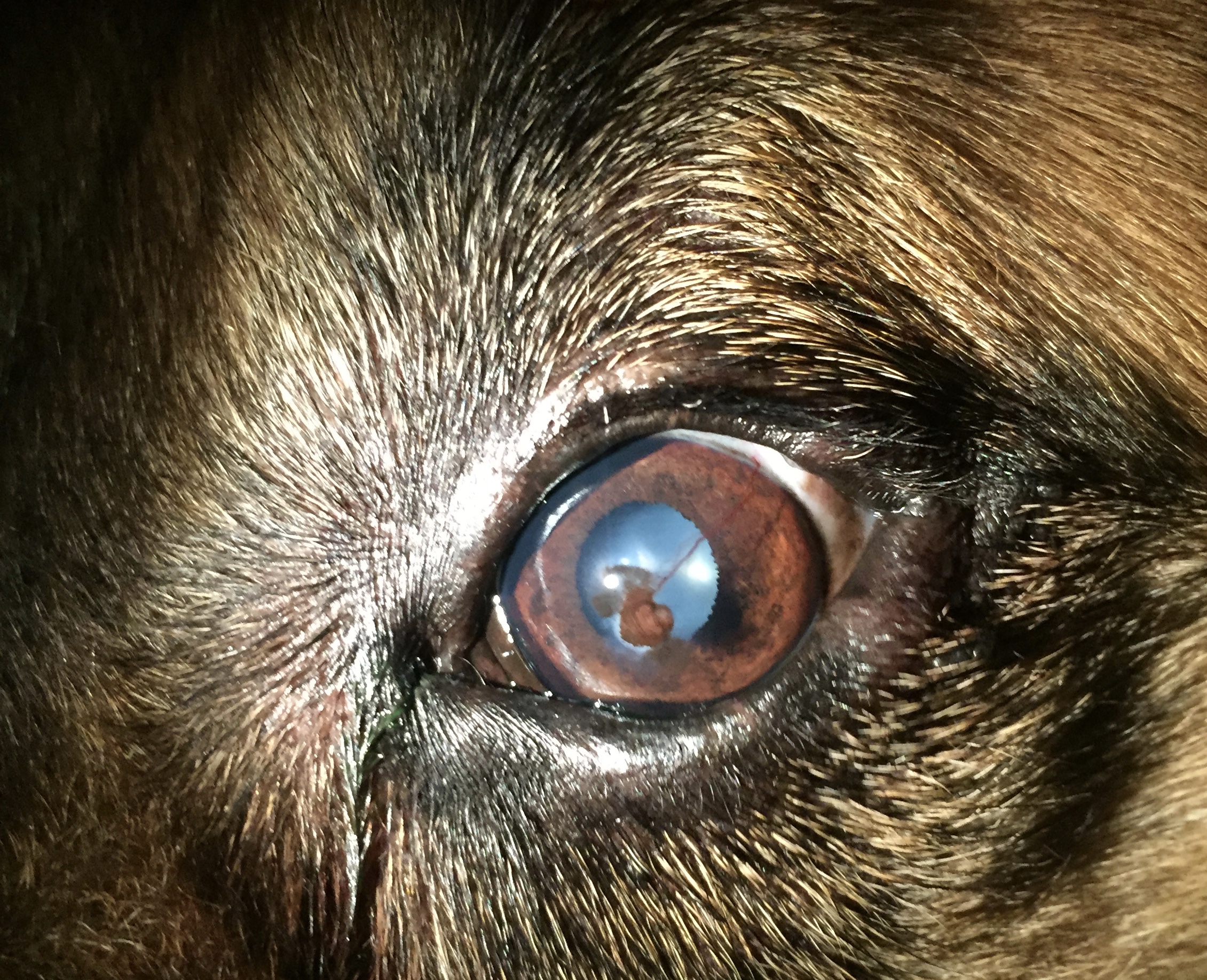

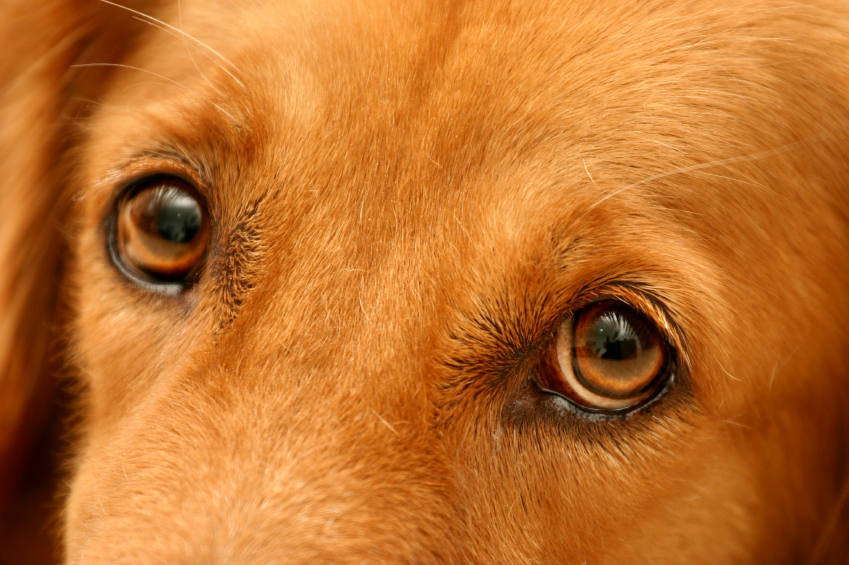



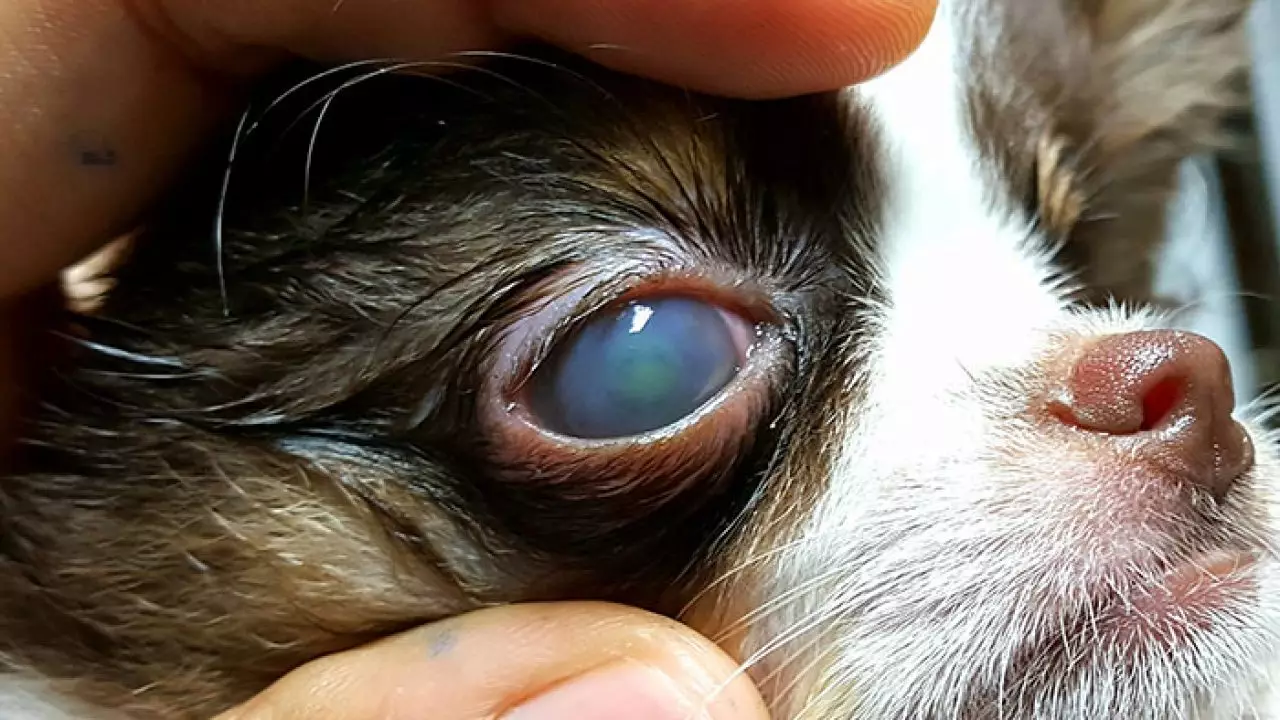
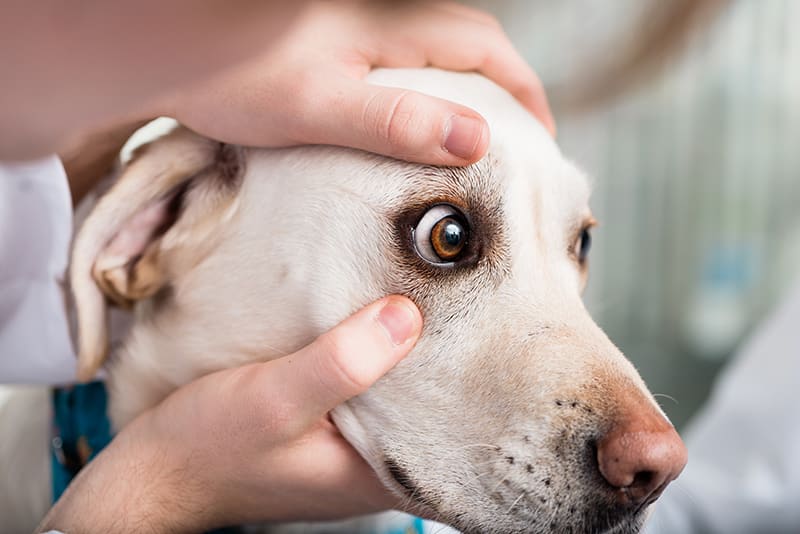
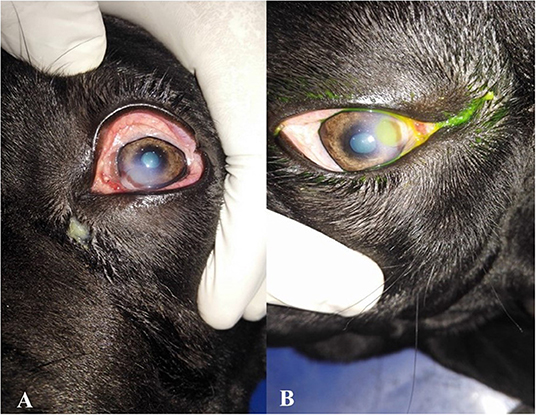


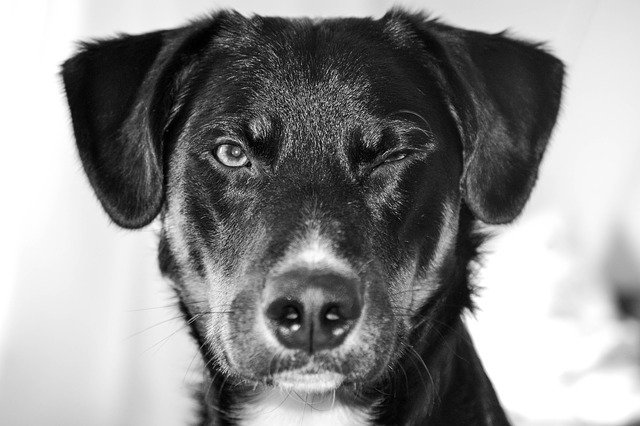
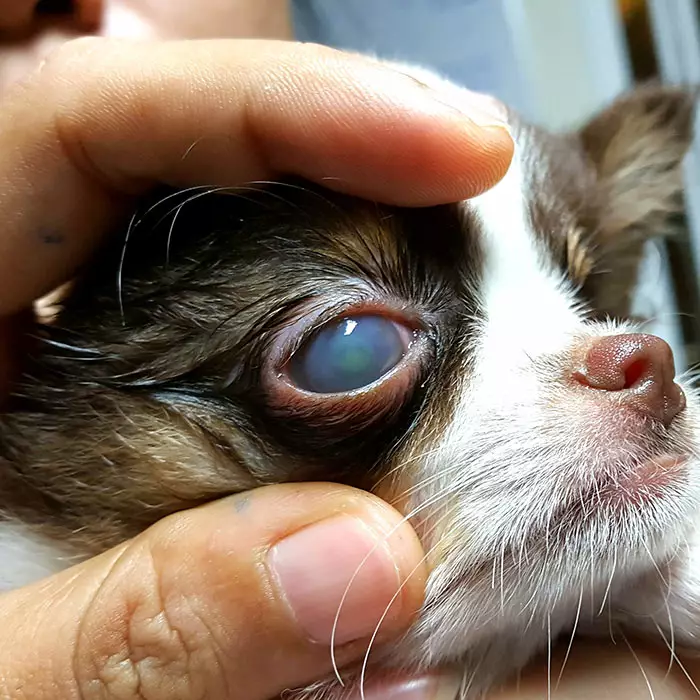

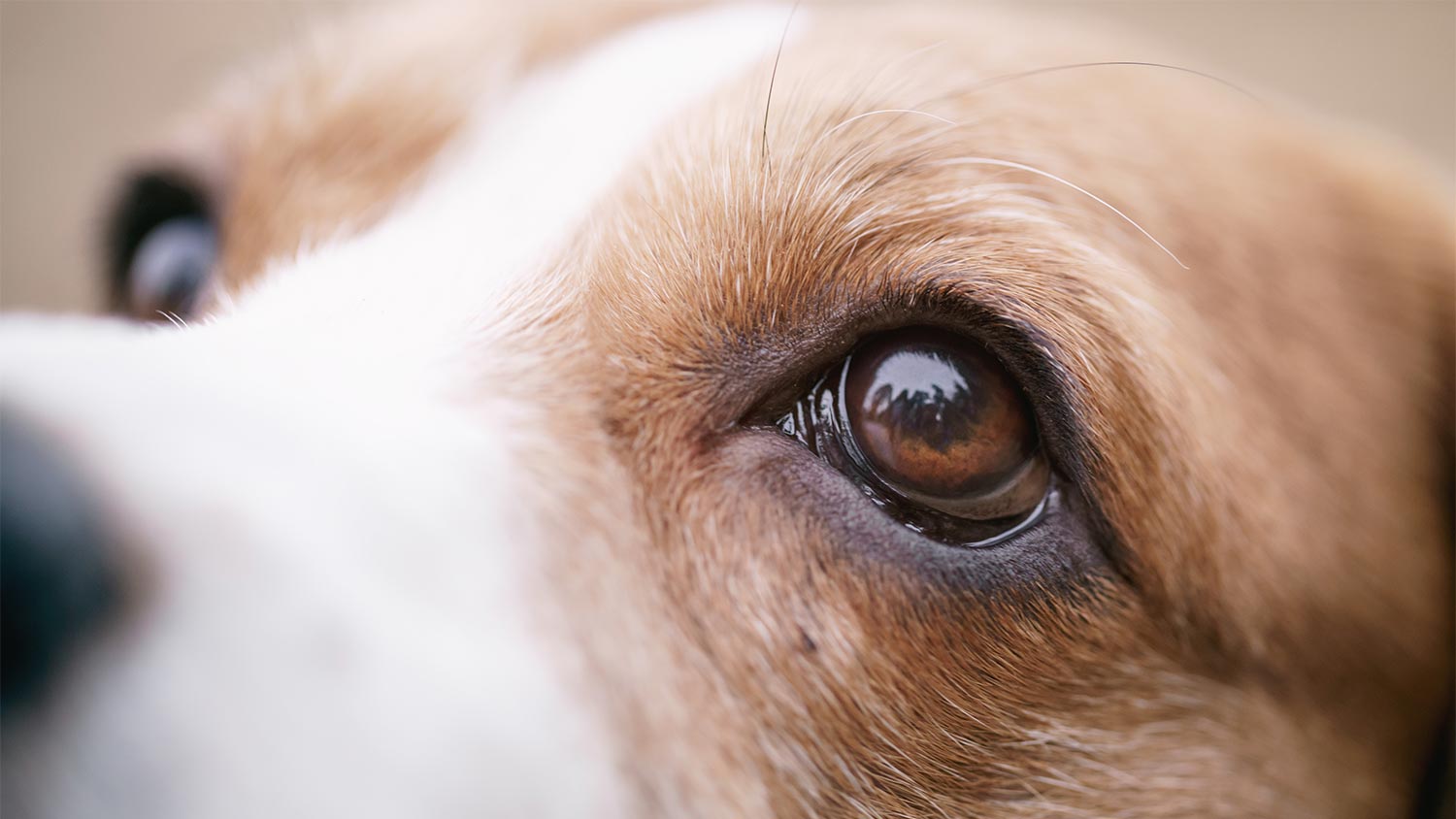
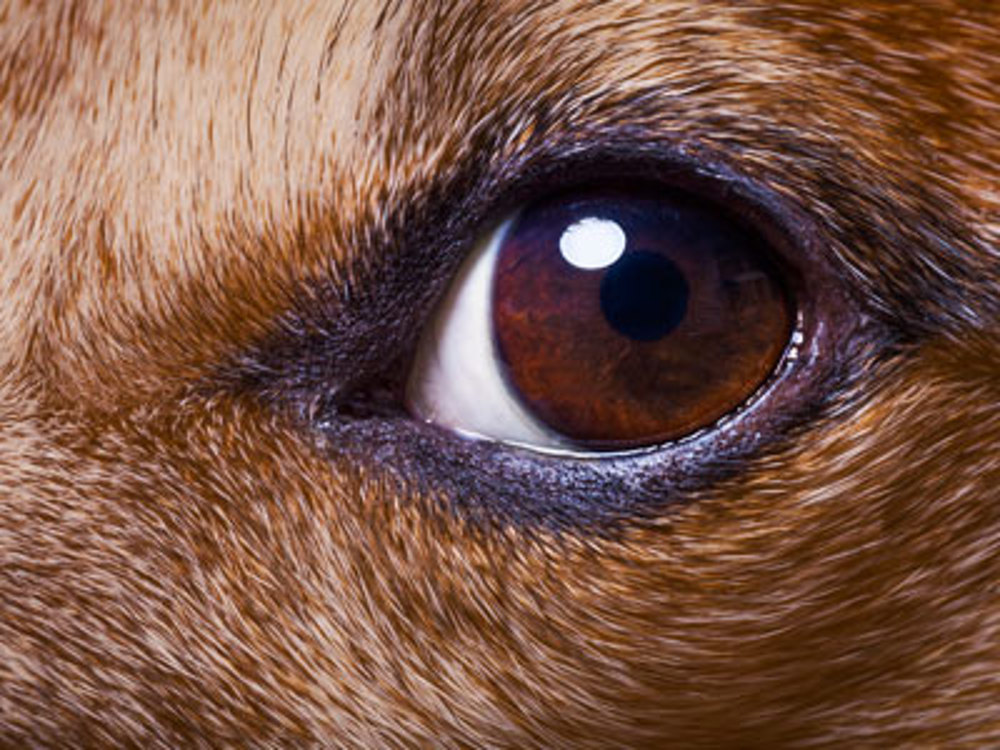
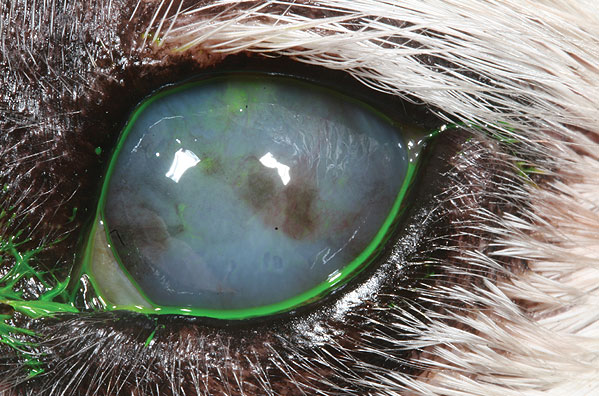






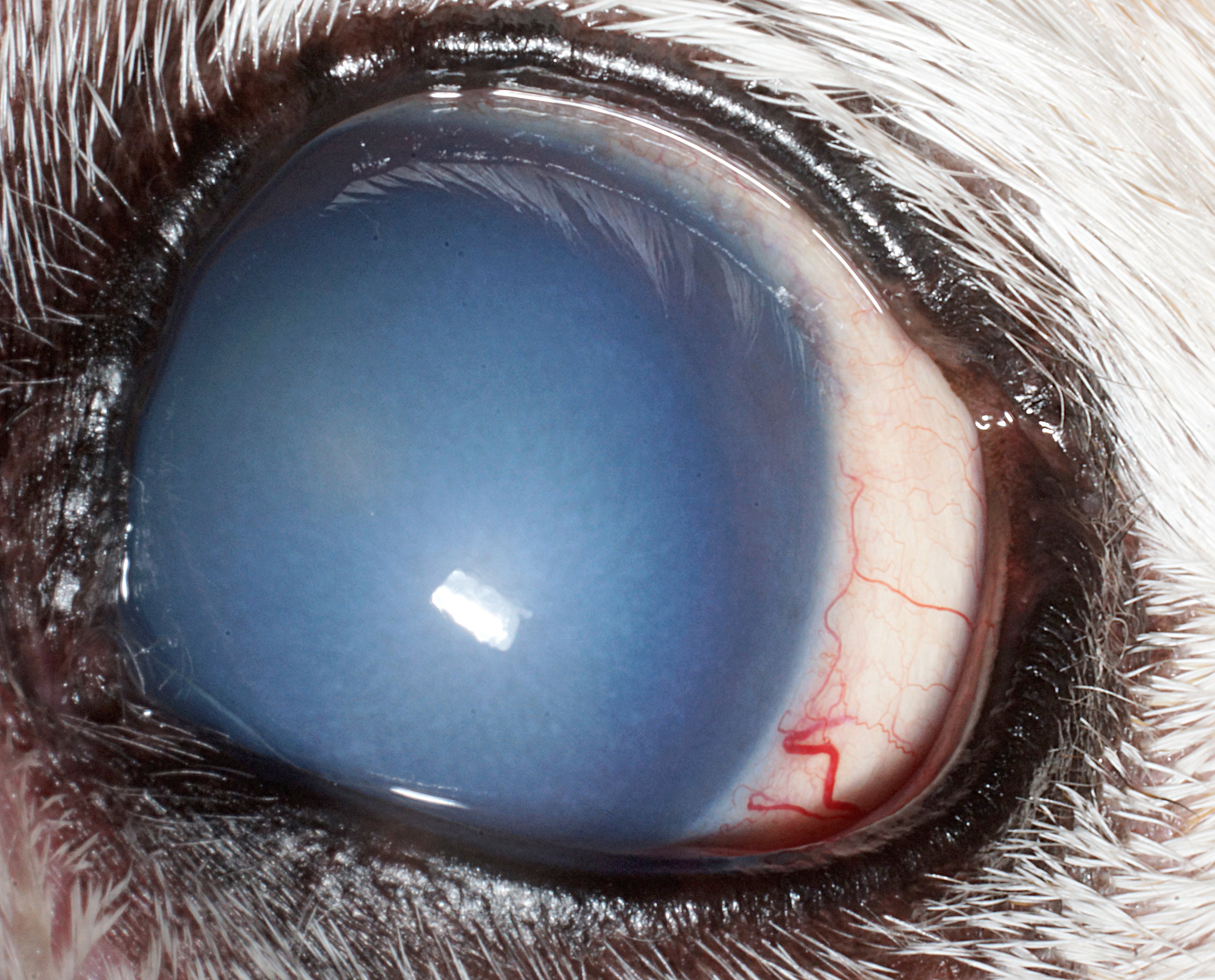





Post a Comment for "Corneal Disease In Dogs"